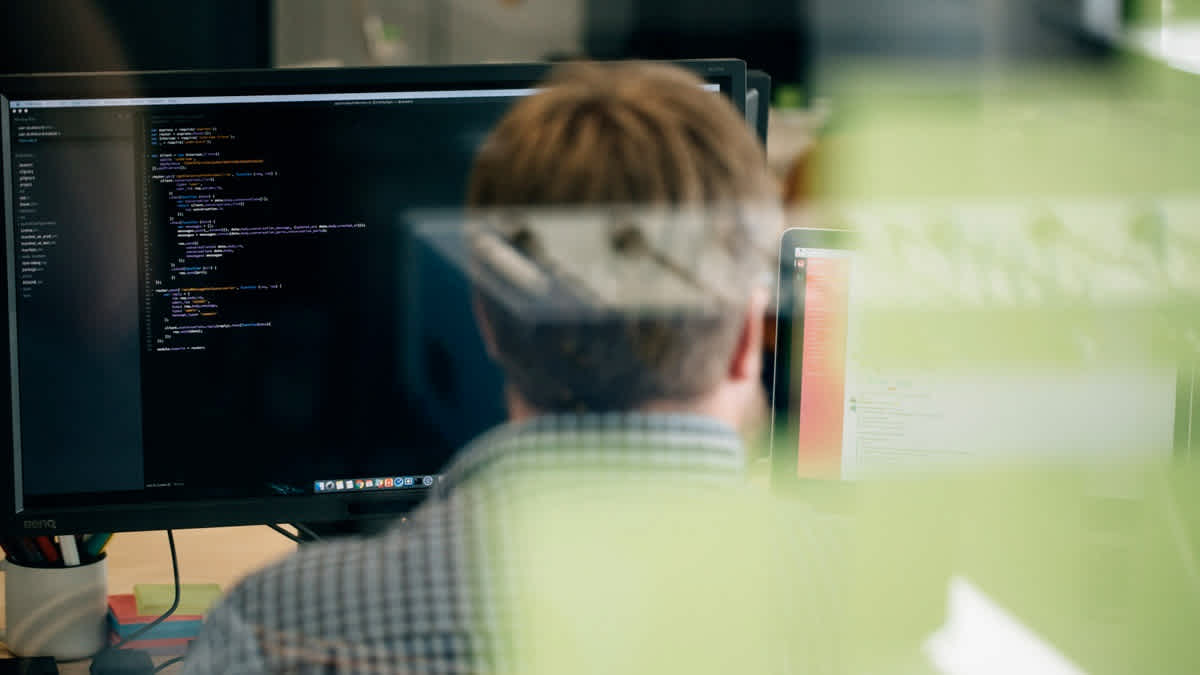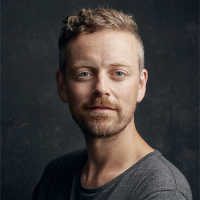How we work

We want to make a difference
Our team is made up of a diverse group of people with different backgrounds, professions and skills. However, everyone on the team has one thing in common: they are all passionate about making a difference - passionate about making the world a better place. And we have started in a place where help is needed.
Public systems rarely put much energy into actually meeting the needs of their users. It's a general challenge, and especially in the health sector, it's at the expense of the individual patient experience. That's why we've put all our energy here. Because if we can make life just a little bit easier for Danish patients, then we are a tiny piece of the way towards making a little bit of the world a better place. That's what drives us.
We believe in co-creation
We believe that the best solutions are created in close collaboration with those who will ultimately hold the solution in their hands. If development happens in a closed vacuum without user involvement, there is a high risk that the solution created will have no real value for users - because it doesn't solve their challenges. So even though a co-creation process can be frustrating at times, because it requires you to familiarize yourself with each other's challenges and solve them together - all parties are left with a sense of both satisfaction and pride, because the approach contains a lot of learning and brings the solution to a level that would otherwise be impossible to achieve.
We build and build and build
Complex problems are complex to solve. The challenges can be tangled up in ways that can seem overwhelming to untangle. Our approach is to start building prototypes as early as possible and before we know the whole problem. Prototyping is a key ingredient in co-creation, and we often see a prototype slowly being refined into the final product.
In a traditional development process, you can spend a long time sitting around discussing what the best solution is. But as soon as there is a prototype to work from, which can be put into the hands of real users, it quickly becomes apparent what works and what doesn't. And if something doesn't work, users are often eager to make suggestions on how to do it differently. And that's where the first iteration occurs - a new idea is built on top of the existing prototype, moving a little closer to a real solution.
The approach is not flawless - quite the opposite, in fact. It requires the courage to fail. It's about failing every now and then, and then learning from your mistakes. It doesn't hurt. It only makes the product stronger. We've written a lot more about failure here.
Design is more than just pretty colors
For us, design is not just about how things look visually. It's much more than that. Design is important in every part of the development process. When we go on fieldwork in hospitals, we understand the issues so that we can design the best solution. When we hand our prototype to patients, we do so with the intention of getting feedback to design a solution that solves their challenges. Therefore, in the purely visual design, there are always many layers of knowledge that help elevate the solution to a level where users' needs are met - both the needs they knew they had and the needs they didn't know they had. The design is therefore the entire experience the user has when he holds the product in his hands.
